еЬЯжЫЬжЧ•, 12жЬИ 11th, 2010...12:10 AM
Kyoto, the city of Japanese traditions and culture Part1
Reading time: About 6 minutes
Kyoto, the city of Japanese traditions and culture Part106.November.2010
Kyoto, the city of Japanese traditions and culture. I travelled to the city for two nights and three days.
It wouldnвАЩt take more than two and a half hours to get to Kyoto from Tokyo by Shinkansen. I got on the one called Nozomi on the Tokaido Shinkansen at a few past 8 in the morning at Shinagawa Station since I had to be in Kyoto by noon.
I was lucky enough to see Mt. Fuji with a little snow on its top on a fine clear autumn day. It is rare that you could see it clearly. If you want to see Mt. Fuji, I recommend you take a seat on the right side of the train. I also saw the statue of Gundam for a moment right before Shizuoka Station.
I arrived at Kyoto Station. It is very useful to use a coin locker of Kyoto Station in case of travelling to Kyoto. But I couldnвАЩt use one of them because there was an international conference held in Kyoto, and therefore they had blocked the lockers.
During my trip, I stayed at a small house, which the owner rents to travelers for their stay.
The house was just 10 minutes away from Gion. I rode on a bus to get there, but I was surprised by the presence of many people queuing at the bus stop. One of the best times to visit Kyoto is when the city is colored by its autumn leaves. The season of autumn had just started to color the leaves in Kyoto, but the city already seemed to have attracted a number of visitors. Almost all people on the bus got off at the bus stop near Kiyomizu Temple.
They only have two subway lines in Kyoto, so it is convenient to make use of buses in order to move around the center of the city. If you know you would ride on a bus more than three times, itвАЩs better to purchase a one-day ticket. You can get it from a bus driver for 500 yen.
I got off at the closest bus stop from the house. I found it in a townscape with traditional townhouses on the way to a mountain. It was вАЬSamyo-teiвАЭ. It was on an alley derived from a big street and had its вАЬKyotoвАЭ atmosphere.
Leaving my baggage in the house, I headed for вАЬNishiki MarketвАЭ near Kawaramachi. Nishiki Market is also called вАЬThe Kitchen of KyotoвАЭ. You can find a lot of products unique to Kyoto such as Tsukemono (Japanese-style pickled vegetables).
In order to kill some time, I bought some tsukemono. There were some Senmaizuke, another noted product from Kyoto during winter, on shop fronts. I felt some hints of the coming of the winter.
I headed for Kitano Tenmangu from Kawaramachi. It took about 30 minutes by bus. I needed to get to this Japanese-style confectionery shop in Kamishichiken near Kitano Tenmangu. That was the meeting place for the participants of this trip.
Kamishichiken is the oldest courtesan district in Kyoto. This confectionery shop called Oimatsu is located in this old townscape. The participants from everywhere were just arriving here.
Oimatsu is a long-established shop of Kyoto-style confectionery. Visitors can actually try to make some confectioneries. On the back side of the shop, there is a place to make confectioneries, and the room for visitors is behind that place. When I passed by one of the confectioners, I smelled a good flavor of ginger.
After some careful hand washes, they started the program.
The lecturer was a young confectioner.
In the beginning, he explained to us what exactly Kyoto-style confectionery was. He stressed the difference between the Kyoto-style and Japanese-style.
Out of the five senses, by which one do you think they use to enjoy Kyoto-style confectionery? Interestingly, itвАЩs the hearing sense.
Each Kyoto-style confectionery has its own name, and people enjoy the name and its shape. According to the lecturer, if you could tell the name by looking at its shape, then that confectionery is a low-level one.
Inversely, the one with a metaphysical sense of shape is a high-level confectionery.
For example, the name of this confectionery made from the image of ear iris was taken from a waka (a 31-syllable Japanese poem) in the Tales of Ise. The noble families in Kyoto enjoyed naming confectioneries and their shapes by this way. How artistic!
We started making confectioneries as we looked at the lecturer making one.
You have to have some moisture on your hands. If they are too dry, the ingredients would become crumbly, but if they are too wet, the ingredients would become mushy.
Since it was autumn, we used yellow and red dough and white sweet bean jam.
The lecturer told me how to make a maple-shape and a leaf-shape.
I couldnвАЩt do it well.
What a big difference between mine and the lecturerвАЩs!
Done by the lecturer
Done by me
After making two, we were free to make whatever shape we wanted.
I made the rest from the images of a Japanese chestnut, a swollen bud, and a mushroom.
We were so into making our own confectioneries.
At last, we ate them with ground tea.
So good! I had the rest at my place later that day.
I headed for Daitoku Temple after the confectionery lesson.
Daitoku Temple is noted in connection with the tea ceremony.
I entered Juko-in, a sub-temple of Daitoku Temple.
Juko-in is usually not open to public but I was lucky enough to visit there during its special opening period. In Juko-in, there is a garden (called Hyakuseki no Niwa) said to have been established by Sen no Rikyu. The temple also has the tombs of successive generations from the three schools of Japanese tea ceremony (Omotesenke, Urasenke, and Mushanokojisenke). On the 28th of every month, three of them conduct a memorial service in turns.
I left Daitoku Temple for my renting house.
I rested for awhile, and afterwards headed for a tofu restaurant near Chion-in.
The area around Nanzen Temple is actually more famous for its tofu cuisine, but this restaurant provides tofu dishes with cheaper prices.
After enjoying some tofu food like boiled bean curd, I took some photos of temples in night lights.
This is the Sanmon (temple gate) of Chion-in.
The next is Kodai Temple.
Kodai Temple is where Nene, the legitimate wife of Toyotomi Hideyoshi, used to live after her husbandвАЩs death. There is a pond in the precincts, and I really recommend you visit this temple. I was so touched by the scene of trees (that seemed to have just started coloring their leaves) reflected on the pond. So beautiful.
The parking area next to Kodai Temple commands a beautiful night view of the city of Kyoto.
You could also see the Kyoto Tower far away.
I returned to my accommodation.
The first day was over.
вЦ†Related Post
Kyoto, the city of Japanese traditions and culture Part1
Kyoto, the city of Japanese traditions and culture Part2
Kyoto, the city of Japanese traditions and culture Part3









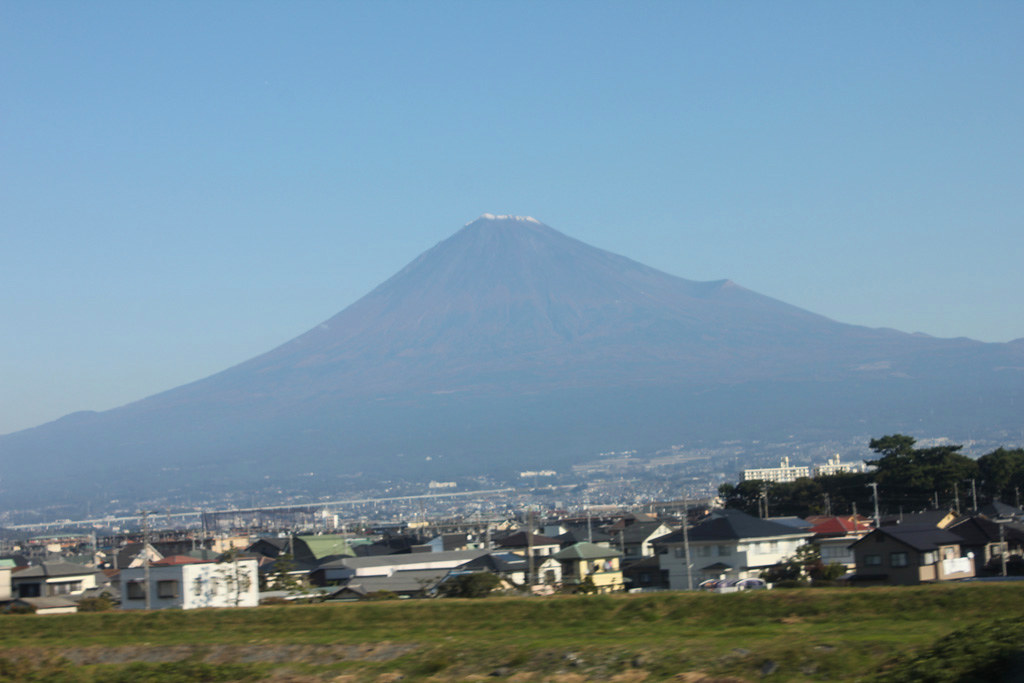

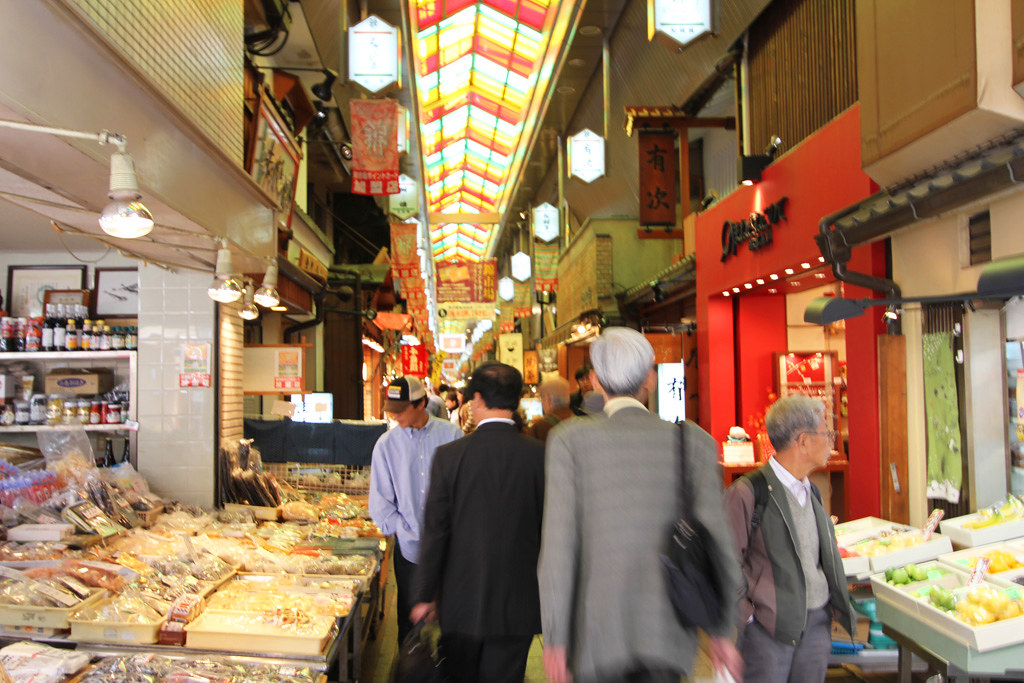
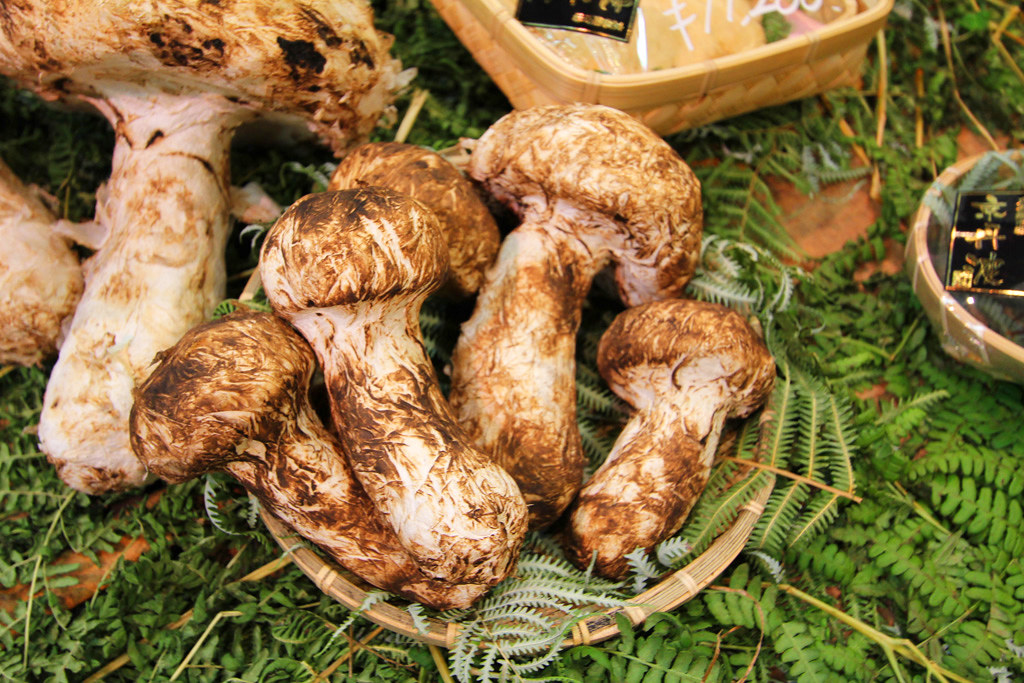
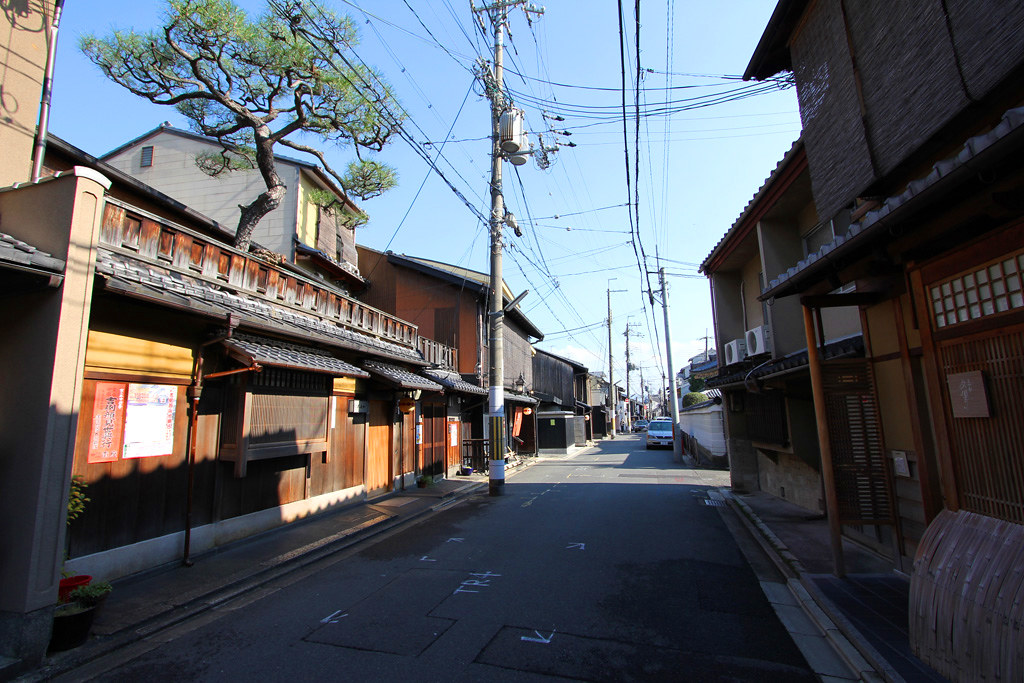
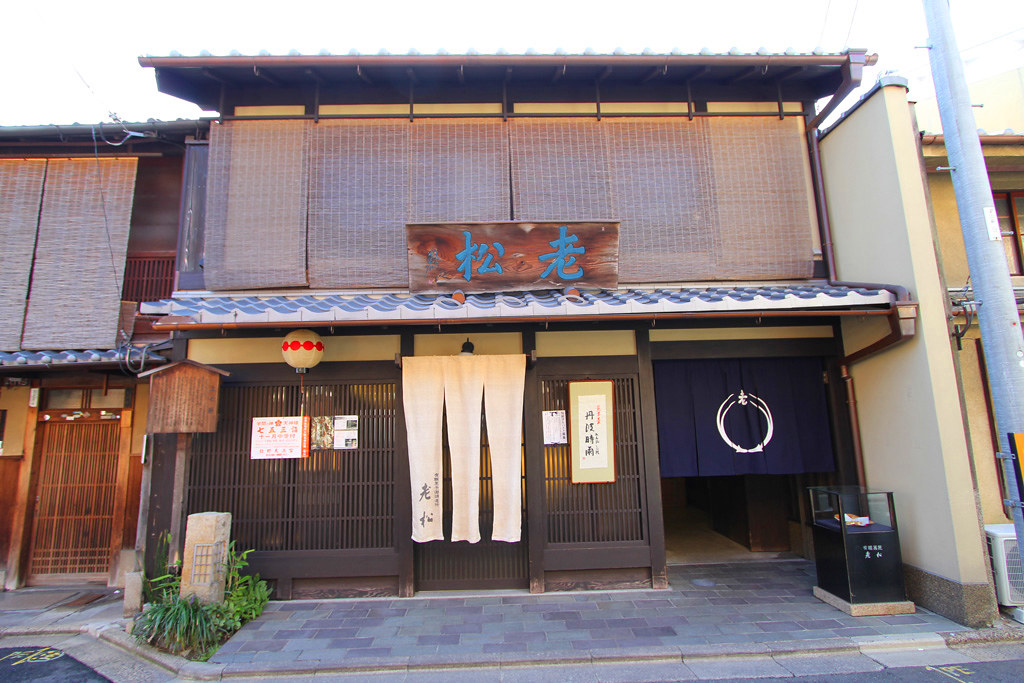
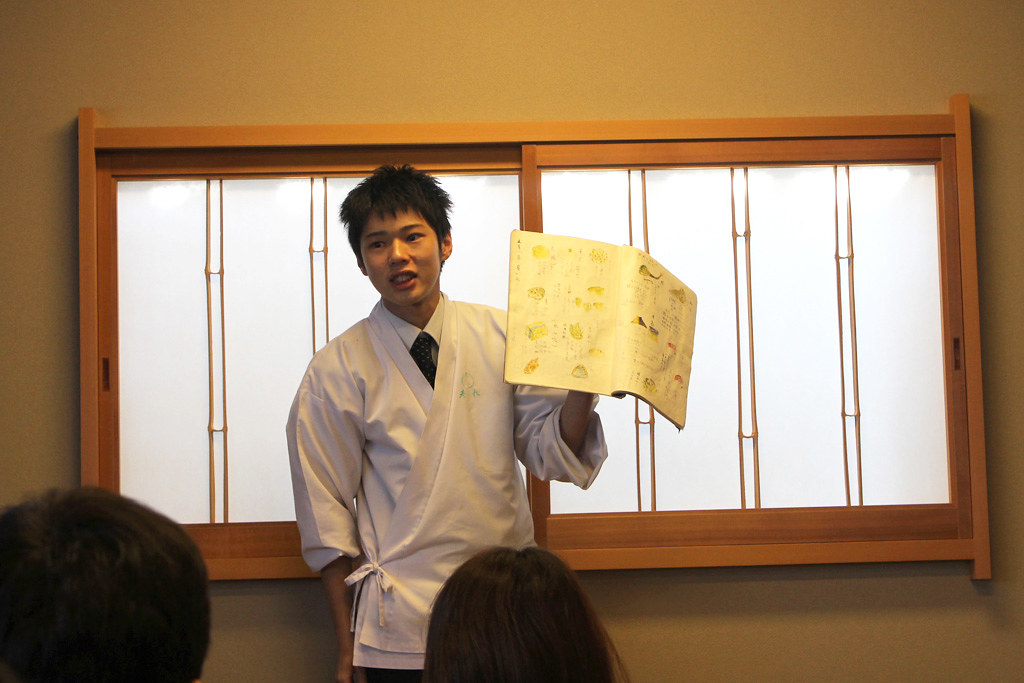
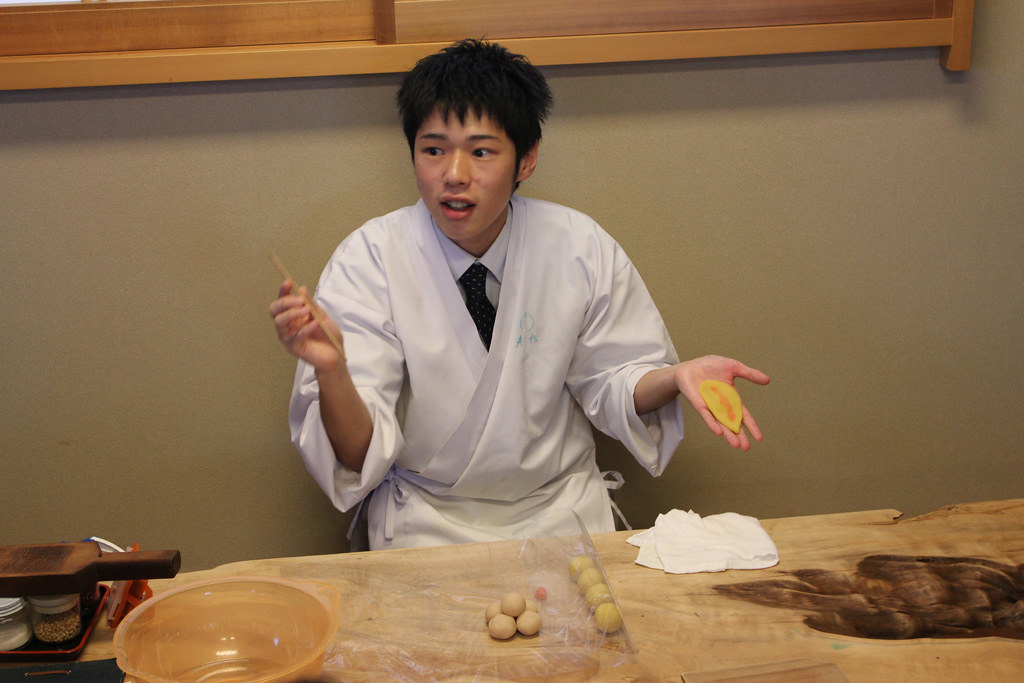
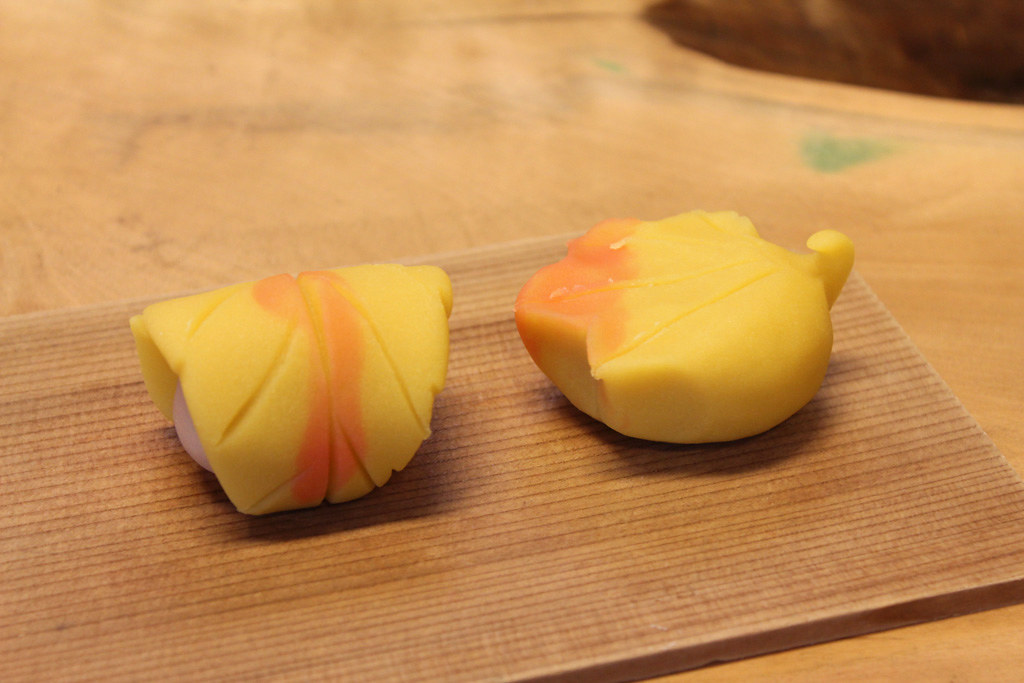



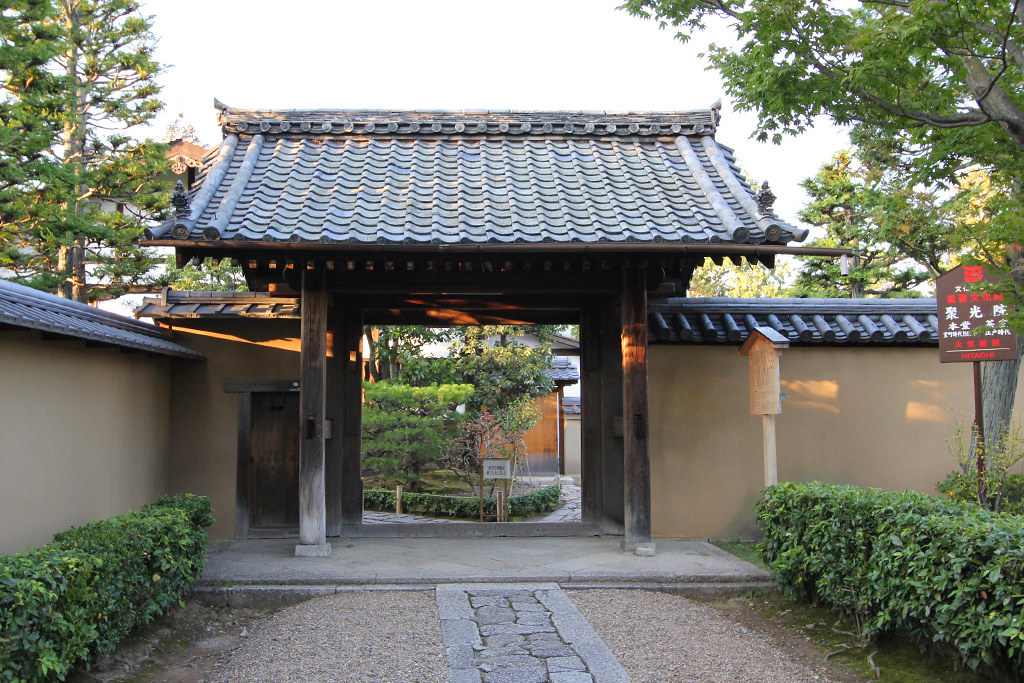
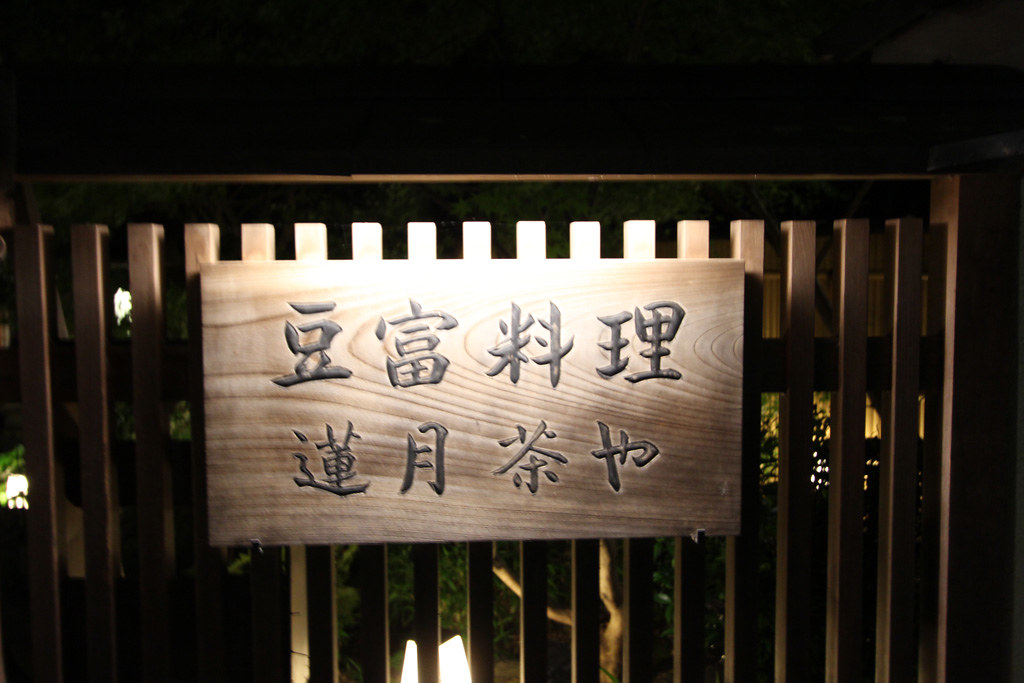




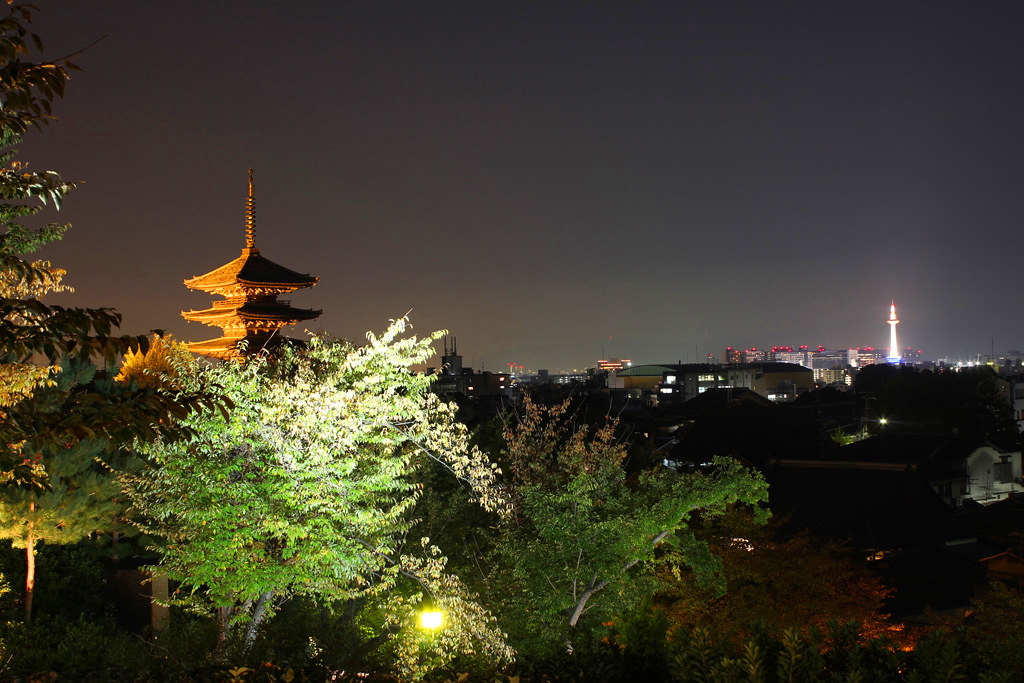











4 Comments
12жЬИ 11th, 2010 at 12:49 AM
Beautiful – I love Kyoto. Here is a link to shots I took last August.
https://snipr.com/1mbp5s
12жЬИ 11th, 2010 at 9:15 AM
>Marc T
Thanks for your pics.It is great photo(^^)
12жЬИ 11th, 2010 at 1:17 PM
Thank you for sharing your day! Wonderful photos.
12жЬИ 16th, 2010 at 3:51 PM
>colleen
Thank you!
Leave a Reply